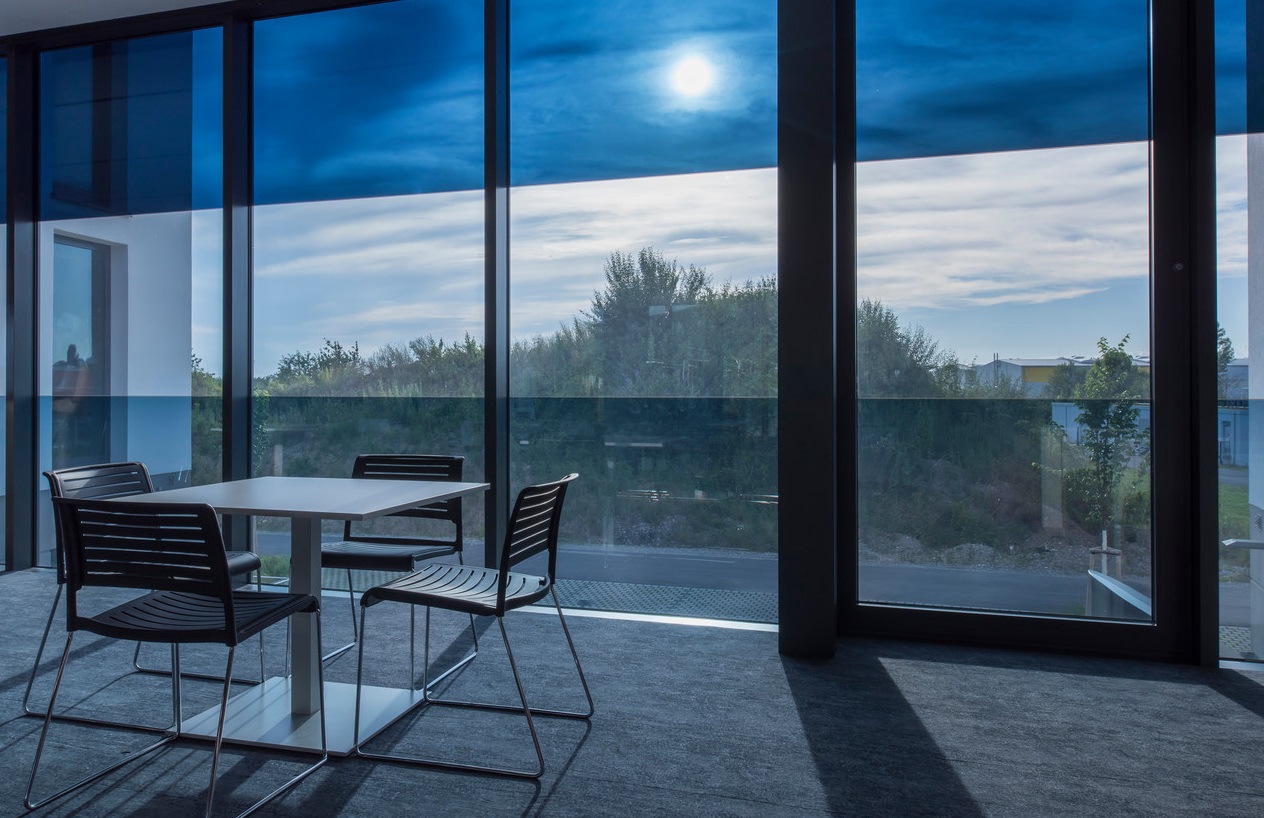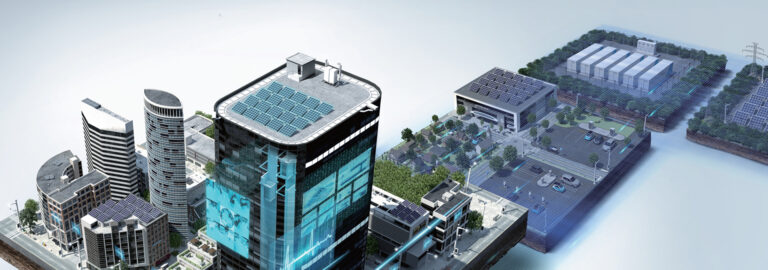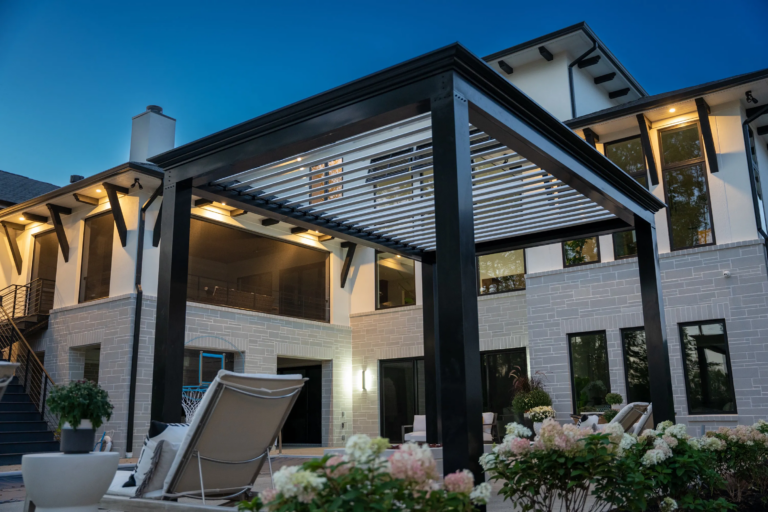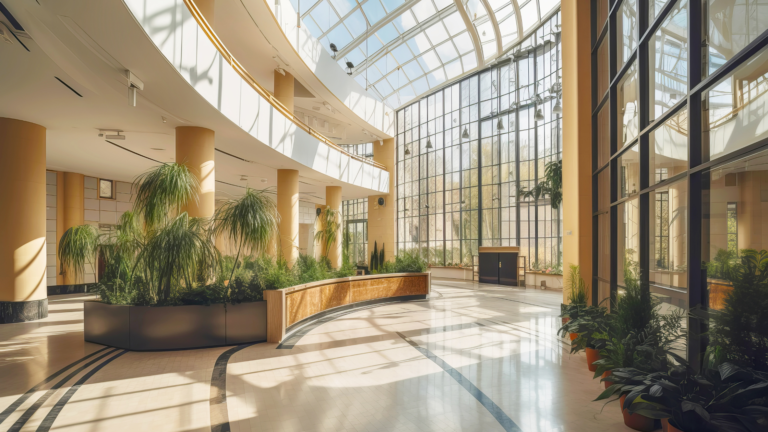Smart windows are advanced window systems designed to adjust their opacity or reflectivity in response to specific environmental factors like temperature, light, or electrical currents. This adaptability allows them to regulate light, heat, and privacy dynamically, creating more comfortable indoor environments while optimizing energy use. Smart windows are often equipped with specialized coatings or embedded materials that react automatically, making them an ideal choice for energy-efficient and adaptive building designs.
Different Types of Smart Windows
- Electrochromic Windows: These windows change their tint or transparency when a small electric current is applied. Users can adjust them manually or automate them to respond to sunlight levels, providing greater control over light and heat entering the space.
- Thermochromic Windows: Thermochromic windows adjust based on temperature, becoming more opaque as temperatures rise. This feature helps reduce cooling costs by blocking excess heat during warmer periods.
- Photochromic Windows: Similar to transition lenses in eyeglasses, photochromic windows react to the intensity of sunlight. As light exposure increases, these windows darken to limit glare and heat, while allowing natural light on overcast days.
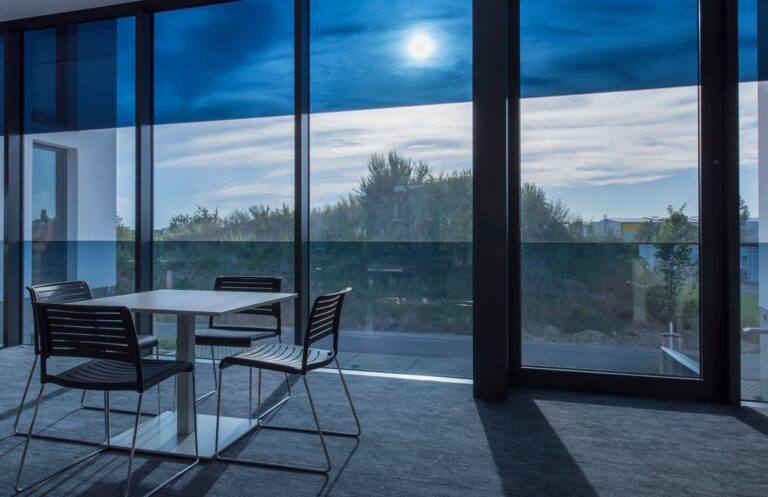
Advantages of Smart Windows for Energy Efficiency
- Temperature Regulation: By reducing heat gain in summer and minimizing heat loss in winter, smart windows help maintain comfortable indoor temperatures, lowering heating and cooling demands.
- Natural Lighting Optimization: Smart windows allow natural light to enter, reducing reliance on artificial lighting during the day. This not only saves energy but also creates healthier, more natural environments for occupants.
- Privacy and Security: With adjustable opacity, smart windows offer an added layer of privacy and even security, especially in commercial or high-density settings where adaptable window opacity can limit visibility when desired.
The Future of Smart Windows
The smart window industry is advancing rapidly, with innovations like solar-powered smart windows and dynamic glass that can generate energy while regulating light and heat. Future developments also include integration with building automation systems, allowing windows to sync with smart climate and lighting controls for an entirely responsive and energy-efficient environment. These advances pave the way for buildings that are not only smarter but more sustainable.
Case Study: Smart Windows in Action
One prominent example is the installation of smart windows in the Amazon Spheres in Seattle. The windows in this biodome structure adjust their opacity based on sunlight exposure, helping maintain a stable indoor climate for the plant life inside. The system reduces energy costs and improves overall occupant satisfaction by balancing light and temperature, showcasing the effectiveness of smart windows in a modern architectural setting.

